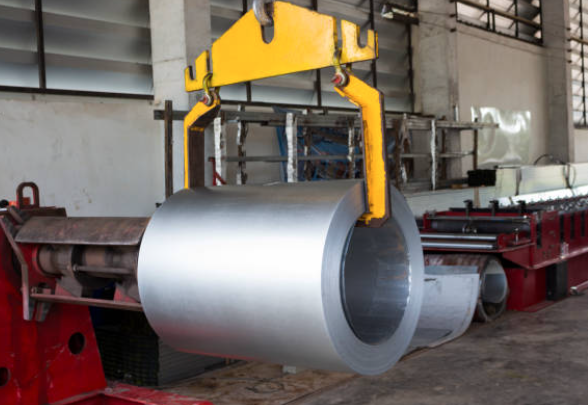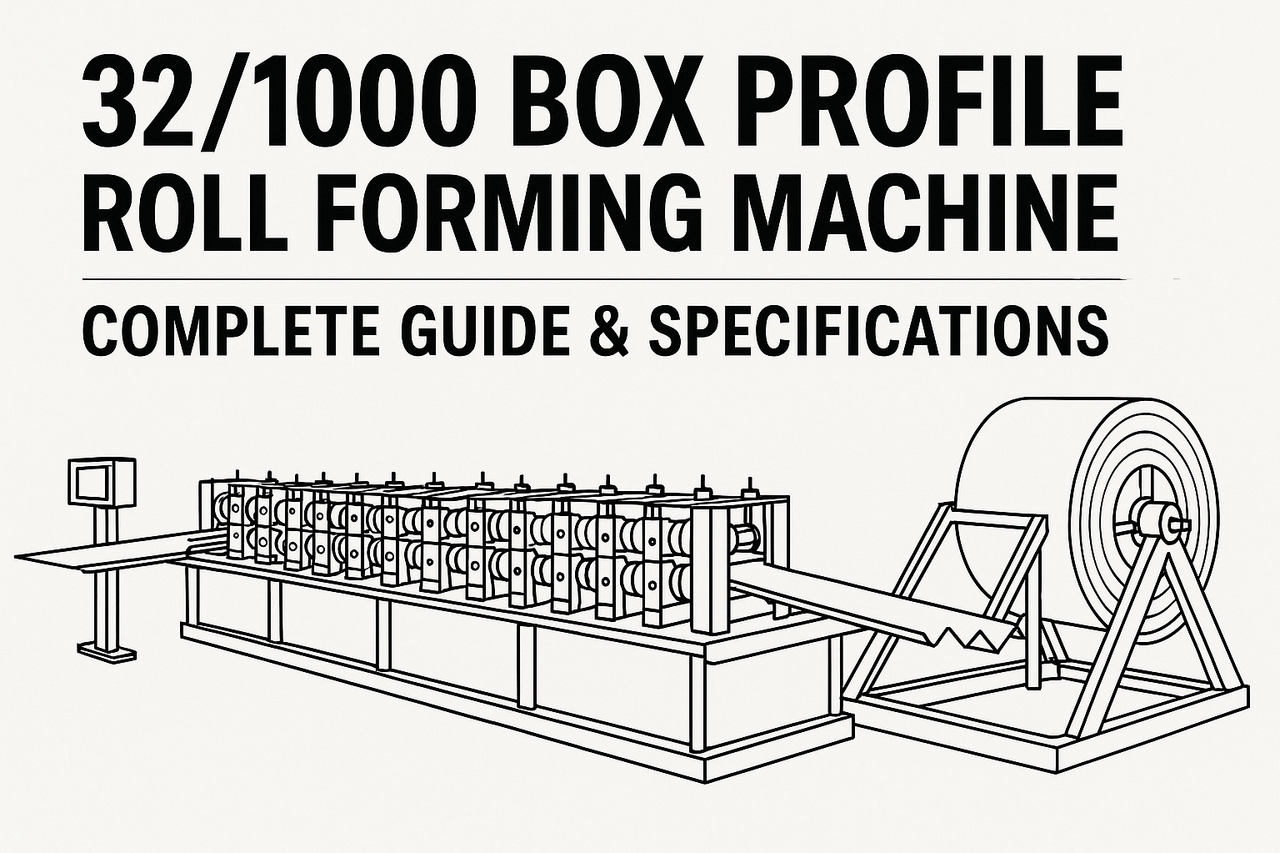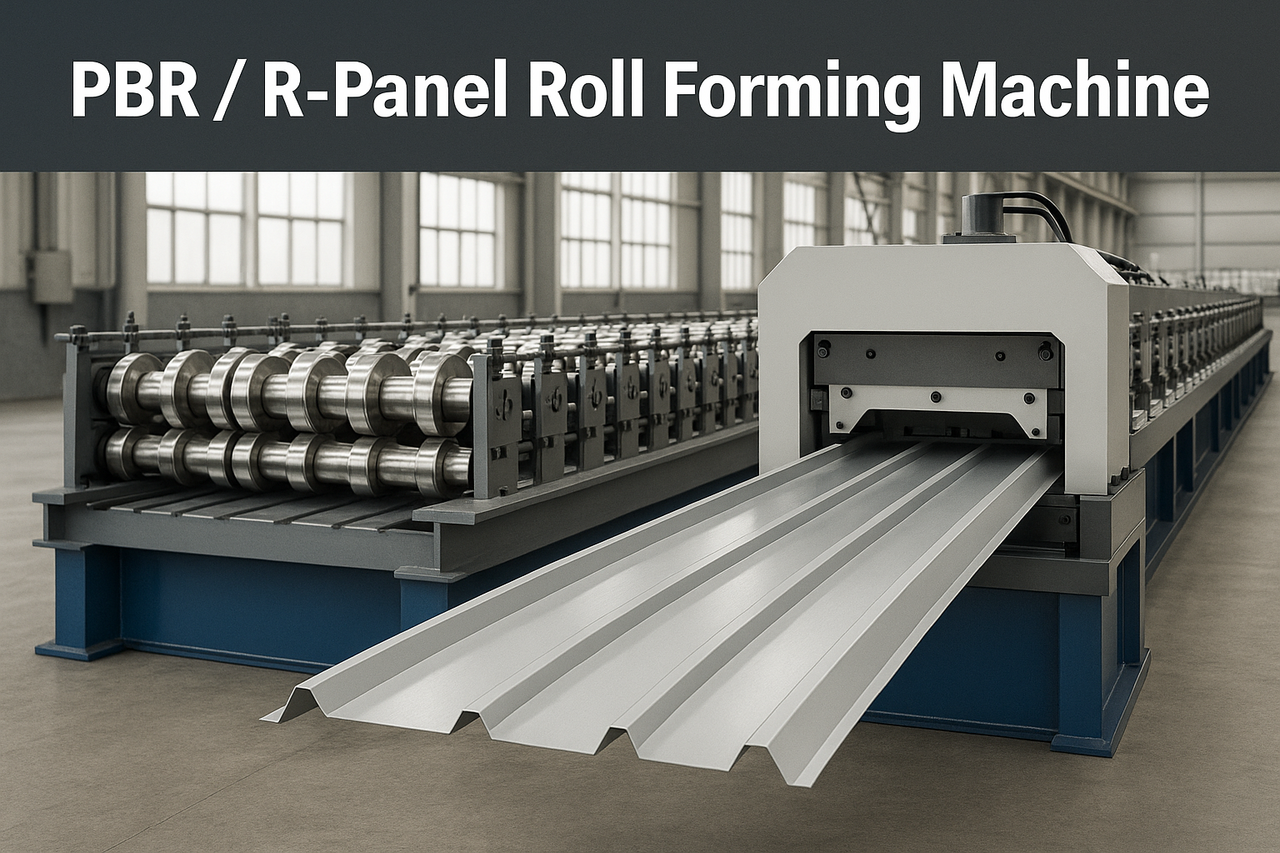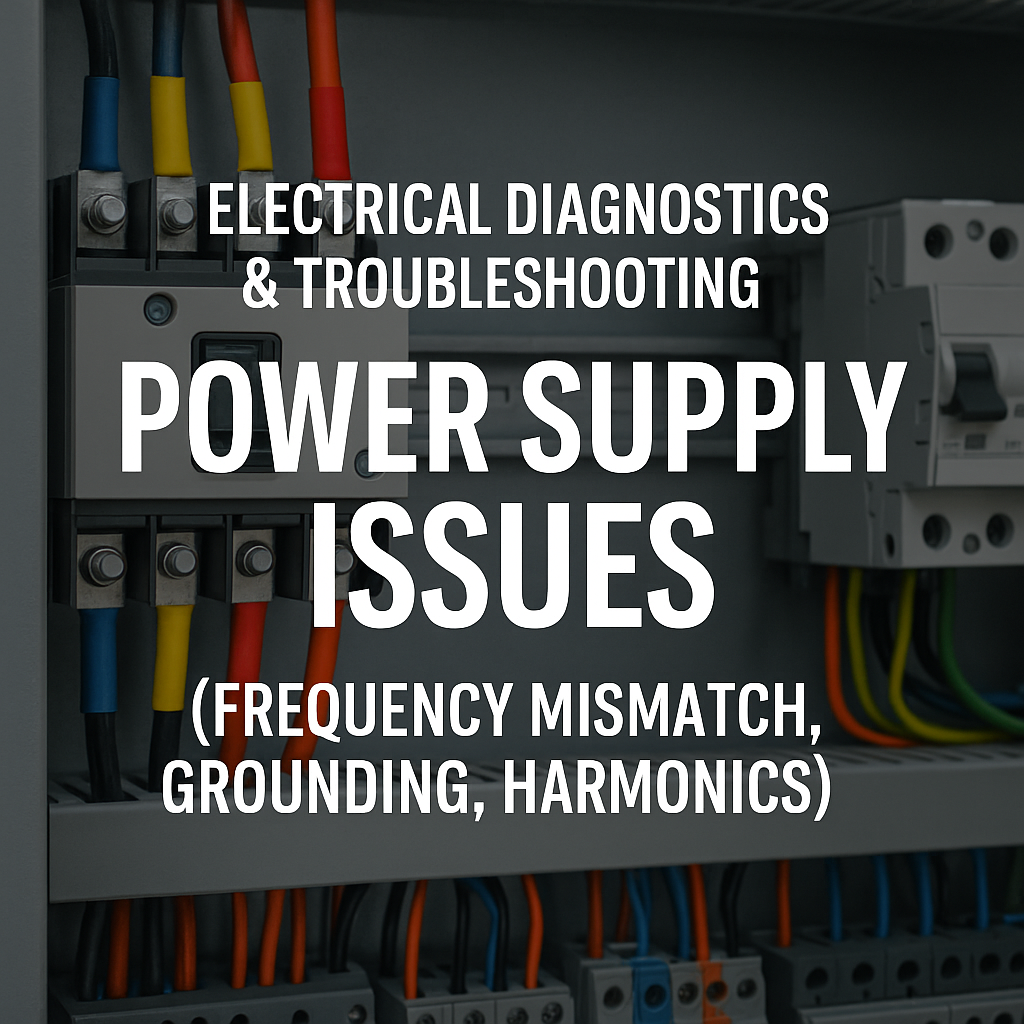In roll forming operations, proper storage and handling of metal coils are critical to maintaining their integrity and ensuring the efficiency of the production process. Following best practices can prevent damage such as rust, dents, and deformation, ultimately avoiding costly production issues. Here are guidelines for effective metal coil storage and handling.
Guidelines for Proper Storage of Metal Coils
- Select the Right Storage Environment:
- Temperature and Humidity Control: Store metal coils in a climate-controlled environment to prevent rust and corrosion. Ideal conditions typically include a temperature below 75°F (24°C) and humidity levels below 50%.
- Protection from Elements: Ensure that coils are stored indoors or under cover to protect them from rain, direct sunlight, and other environmental factors that can cause damage.
- Use Appropriate Racking Systems:
- Vertical Storage Racks: Utilize vertical storage racks designed for coil storage. These racks should have padded supports to prevent denting and deformation.
- Stable Base: Ensure the base of the racks is stable and level to prevent tipping or rolling.
- Utilize Coil Protective Covers:
- Plastic or Fabric Covers: Use protective covers to shield coils from dust and moisture. This can help prevent surface rust and other contaminants.
- Avoid Plastic Wrap: While it may be tempting to use plastic wrap, it can trap moisture. Instead, consider breathable fabric covers that allow airflow.
- Keep Coils Clean:
- Regular Inspections: Regularly inspect stored coils for any signs of rust or damage. Promptly address any issues to prevent further deterioration.
- Cleaning Methods: Use appropriate cleaning methods to remove any contaminants. For instance, a soft cloth can be used to wipe down the surface without scratching it.
- Labeling and Organization:
- Proper Identification: Clearly label coils with information such as gauge, width, material type, and date of receipt. This will streamline retrieval and minimize the risk of using the wrong material.
- Organized Layout: Arrange coils in an organized manner, grouping similar materials together to make access easier and more efficient.
Recommendations for Safe Handling Practices
- Train Staff on Proper Handling Techniques:
- Handling Procedures: Ensure all personnel are trained in safe handling procedures to prevent accidents and damage to coils. This includes techniques for lifting and moving coils correctly.
- Safety Gear: Encourage the use of appropriate personal protective equipment (PPE), such as gloves, to prevent cuts and scrapes while handling coils.
- Use Mechanical Aids:
- Forklifts and Hoists: Utilize forklifts or hoists specifically designed for lifting metal coils. Ensure operators are trained in their use.
- Coil Lifters: Consider using coil lifters or cradles to minimize the risk of injury and coil damage when moving or lifting.
- Avoid Overloading Equipment:
- Weight Limit Compliance: Adhere to weight limits for handling equipment to prevent malfunctions or accidents that can lead to injuries or damage.
- Balanced Loads: When stacking coils, ensure they are evenly balanced to avoid tipping or collapsing.
- Implement a Coil Handling Protocol:
- Step-by-Step Procedures: Develop and distribute a clear protocol for coil handling, including steps for loading, unloading, and moving coils safely.
- Regular Review and Updates: Regularly review and update handling procedures to incorporate feedback and address any issues that arise.
- Monitor for Damage During Handling:
- Visual Inspections: Conduct visual inspections of coils before and after handling to catch any potential damage early.
- Addressing Damage: If damage is discovered, assess whether the coil can still be used or if it should be set aside for repair or disposal.
Conclusion
Implementing these best practices for metal coil storage and handling can significantly enhance the integrity of materials in roll forming operations. By maintaining optimal storage conditions and adhering to safe handling procedures, companies can minimize costly production issues and ensure the longevity of their metal coils. Regular training and a commitment to safety will also promote a culture of care and responsibility within the workplace.



